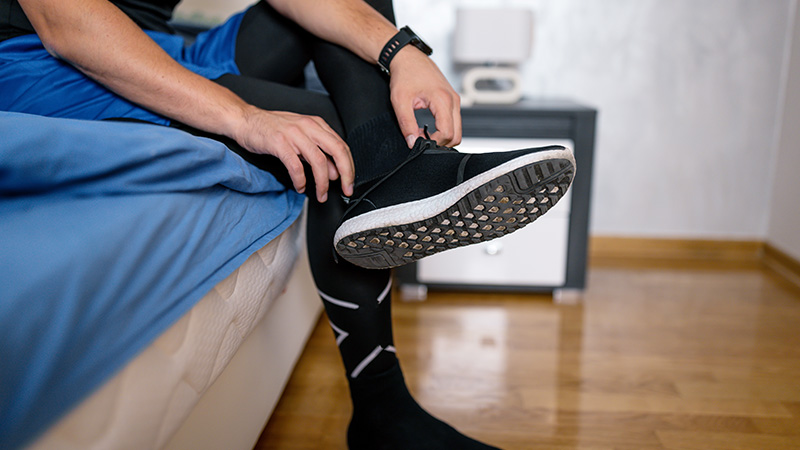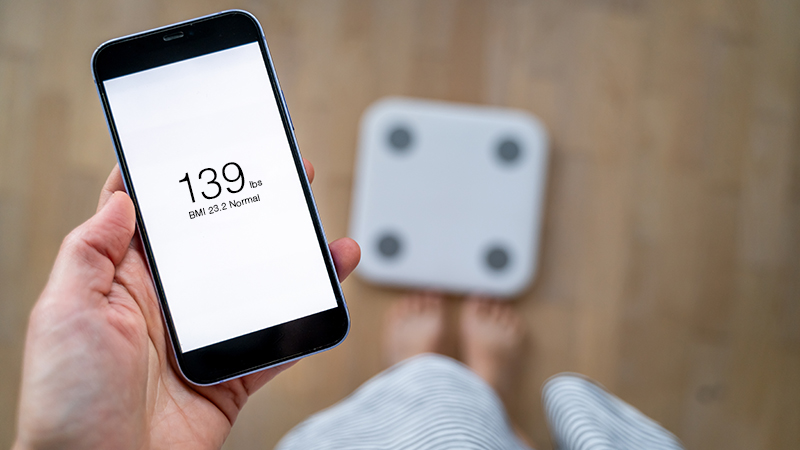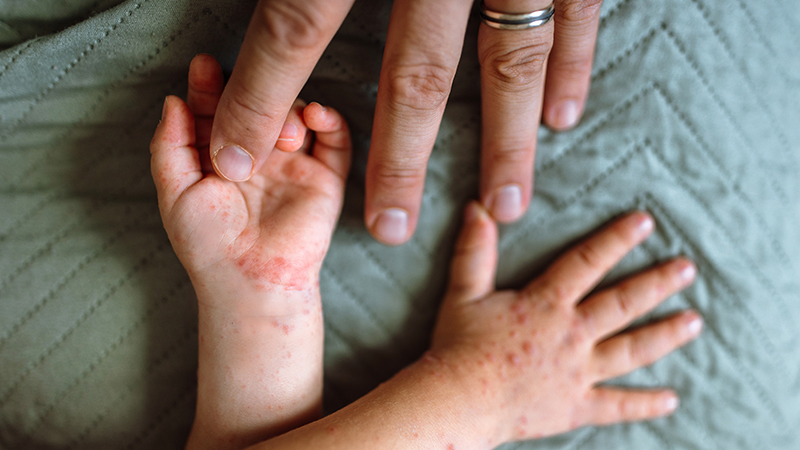What Do I Do About My Jammed Finger?
What Do I Do About My Jammed Finger?
At-Home Care Advice From A Physician
Published January 2023
A jammed finger: It is not a fracture, it is a catch-all term that describes an irritation or disruption to a finger joint.
Christopher Hicks, MD, is a sports medicine physician at Northwestern Medicine. He says that he most often sees jammed fingers from sports-related incidents.
"Reaching is a big part of it," he explains. "If you're not paying attention or if your depth perception is off, you can jam your finger from an impact."
Often, these injuries involve reaching for an object in motion, such as catching a basketball, football or soccer ball.
It's better to be safe than sorry.— Christopher Hicks, MD
Pay Attention
Do not ignore your jammed finger, Dr. Hicks explains. You might miss a fracture or different injury, or you may develop deformities in your injured finger if you don't take steps to help it heal.
If you suspect you have a jammed finger, Dr. Hicks recommends the following:
- Press around the area of injury and see if there is a tender spot in any part of the finger. There may be general pain, but if there is a heavy and centralized point of pain, see a clinician.
- Check if you can fully extend or flex your finger. There may be tightness, but if you can move it, that is usually a good sign that there is not a more serious injury.
- Tape your injured finger to an adjacent finger right above and below the point of injury. Splinting will help stabilize and heal the joint — you can likely get finger splints or tape at a local pharmacy.
Some signs that you may have a more serious injury to your finger include:
- Being unable to fully flex or extend your finger
- Intense pain or tenderness in one area
- Heavy bruising, which may indicate a tear or fracture
If you have any of those symptoms or experiences, seek medical care as soon as you can. Dr. Hicks says if you feel you are not being heard, feel empowered to advocate for yourself and to kindly push for some imaging or a referral to a specialist.
"If your jammed finger is not getting better over a week or two, then see a clinician," Dr. Hicks adds. "It's better to be safe than sorry."






